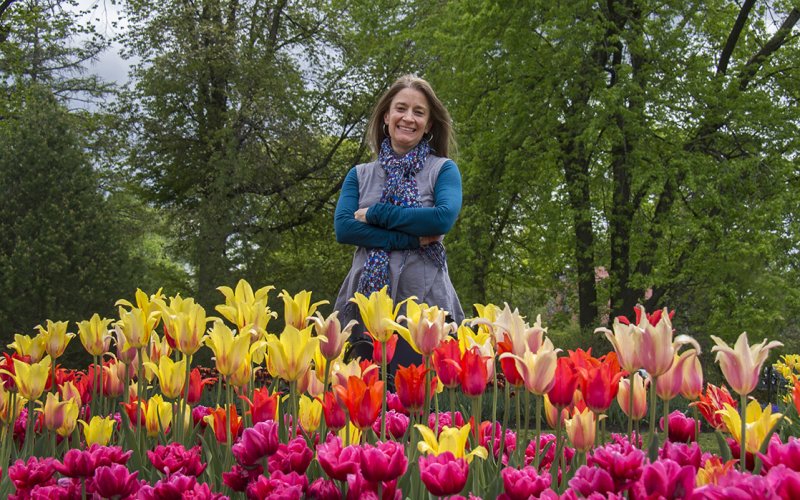Expert in Public Human Services Addresses the Child Welfare Workforce Disparity

ALBANY, N.Y. (Aug. 31, 2021) — Decades of research show persistent overrepresentation of Native American and African American children in child welfare services and, along with that, disparate negative outcomes for children and families of color. An associate professor in the School of Social Welfare believes a greater diversity of the child welfare workforce could make a significant positive difference.
Catherine Lawrence began her research career at the University in 2004, studying the benefits of training child welfare workers in culturally responsive practices with diverse families. She found that participants not only enthusiastically embraced the training, but wanted even more.
Yet, disproportionality for children and families of color, diversity of the child welfare workforce has not improved as quickly as the enthusiasm expressed by those training participants suggested it could. Enthusiastic individuals often work in bureaucratic settings that don’t always know how to nurture that enthusiasm and embrace changes.
Perhaps, Lawrence asserts, that situation can change. She and colleagues have shown that organizational interventions can improve agency climate and, so, she is now applying such interventions to diversity and inclusivity climates in child welfare agencies. Many of these struggle to recruit and retain a racially diverse workforce that is culturally aware and responsive to community needs.
“Racially diverse organizations are not always inclusive organizations, where people feel fully accepted and valued for the unique aspects of themselves they bring to their jobs,” said Lawrence. “Inclusion means that diverse groups are not just present in an agency, but are also promoted to supervisory and management positions.”
Lawrence and her colleagues found, however, that workers of color are significantly underrepresented in supervisory positions, and this underrepresentation is even more pronounced in management and leadership roles.
The solution? “In my work thus far, most of the research participants, both staff of color and white staff, truly want to see racial equity in the communities they serve and in the agencies where they work,” said Lawrence. “Racism and disparity are devastating to experience and heartbreaking to witness. But the people who work in child welfare leave me humbled by their determination and hope.”
Lawrence and her colleagues are now working with seven child welfare programs through a grant from the U.S. Department of Health and Human Services, which funds the National Child Welfare Workforce Institute (NCWWI), housed at UAlbany’s School of Social Welfare. NCWWI aims to harness the determination, hope and vision of child welfare workers and agency leaders to improve the capacity of organizations to truly support their workforce, including making changes that lead to healthier, more inclusive work environments.
She credits mentors at the University with her own determination to confront racism, especially traveling to South Africa with SSW Distinguished Service Professor Shirley Jones. “While on Robben Island, where the South African government isolated political prisoners, I asked myself what the white people were doing with their outrage at such injustice,” Lawrence said.
“It wasn’t hard to find their history of courage and hard work, and I carry those inspiring stories into my own academic work here at UAlbany.”




